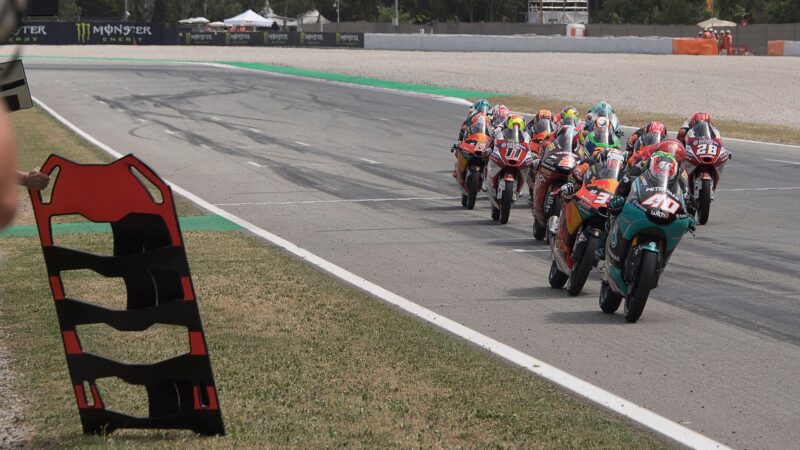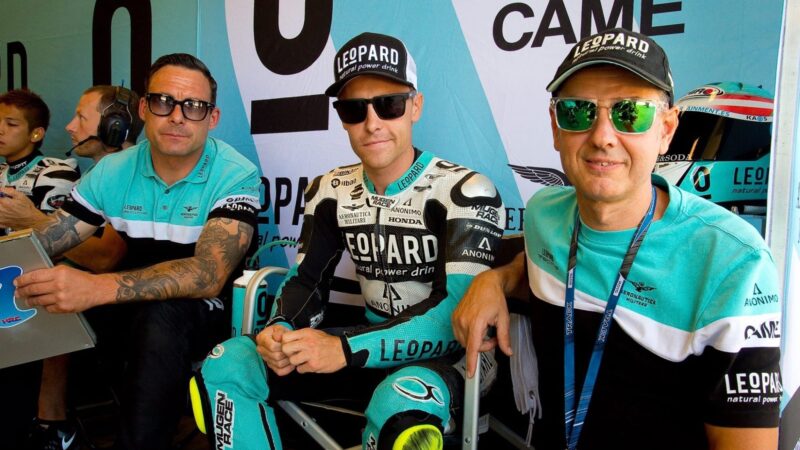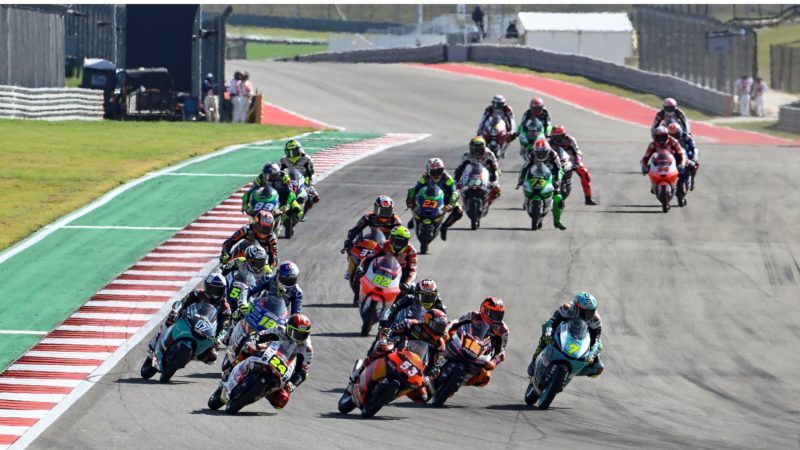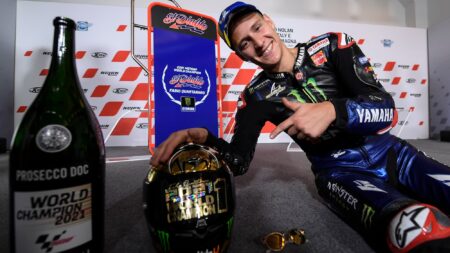“Moving the age limit means that everybody will be more ready and more mature because it’s normal that when you’re 15-years-old you make one kind of mistake, when you’re 18 you make another kind of mistake and when you’re 22 you make another kind. But you can arrive with more experience and more maturity it’s better.
“This needs to be a consequence from the beginning – at the moment it’s like if a baby or a four-year-old isn’t on a bike it’s too late already. But it’s not like this. You can start riding with a small bike at seven or eight or nine, just for fun; it’s not necessary to compete and race, so I think [raising age limits] is good news for the motorcycle world.”
Believe it or not, Márquez is right about babies. The whole kids racing industry has become horribly overheated in recent years, as parents and others involved try to gain an advantage by starting their kids younger and younger. I’ve been at racing schools in Spain where there were two-year-olds riding minimotos.
Nine-times world champion Valentino Rossi didn’t start racing minimoto until he was 11 or 12. Perhaps this would be the greatest legacy the sport could offer the rider who’s done more than anyone to promote bike racing over the past decade – get kids to start their racing careers at ten or 11. Take some heat out of the situation.
And Dorna should scrap the upper-age limit in Moto3. Why force riders to abandon the class when they’re 28? Again, it makes no sense and only intensifies the feverish atmosphere within Moto3 – riders must make it as soon as possible, at any cost!

The biggest danger in Moto3 – kids in a mass slipstream battle at Catalunya
A few years ago Moto3 race winner Efrén Vázquez was forced out of the class because he was too old. The former Spanish champion moved into Moto2 but was too small to make it in the intermediate class, so he had to retire.
Vázquez has therefore watched the horrific events of recent months from a particular viewpoint and reacted strongly to last week’s age-limits announcement.
“Well, finally… several misfortunes have had to happen for this to happen,” he wrote following Friday’s Dorna/FIM announcement. “I feel in my soul for the babies, the families, the friends and teams that experienced all of this.
“I entered the world championships at 21-years-old and was able to compete in eight full seasons. They told me I was very old, that younger drivers were needed. Younger for what?
“Let’s reconsider completely the world championships: a minimum age of 18, which is the usual of age of professionalism, and let’s adapt that to the lower levels and remove the [upper] age barriers. Most riders go home at 25 or 30. Very few of them have earned enough money to live the rest of their lives and the vast majority haven’t done much studying, so they have an unpromising future and end up struggling.
“This is something we should consider very calmly – a sportsman can devote himself for many years to motor sport and have time to study, which should be the priority for young people.”
There is one other issue that Dorna and the FIM need to fix – amending the technical rules to break up the packs in Moto3 and Supersport 300.
“I’ve already been saying this,” said factory Ducati rider Jack Miller at Misano. “In my opinion they need to do something with the tyres or the bikes to make them harder to ride.
“It takes skill to ride a Moto3 bike, but you don’t need the technical finesse, especially when there’s a massive train of riders at Mugello or somewhere like that, when the guys losing a few tenths through the back section can grab a slipstream, stay in the group and cause chaos.

Vázquez with the Leopard Honda team in 2015, his last year in Moto3
“Also, Moto3 is now at a point where every team has got pretty much the same spec bike, which is fantastic for all the teams and riders, because they’re essentially on the exact same material as the top teams.
“In the past in 125s there were three or four teams that had the bikes to win and the riders would slowly progress and build their way up to getting into those teams. You weren’t gifted basically a factory bike in your first year, so you were older by the time you got there.”








